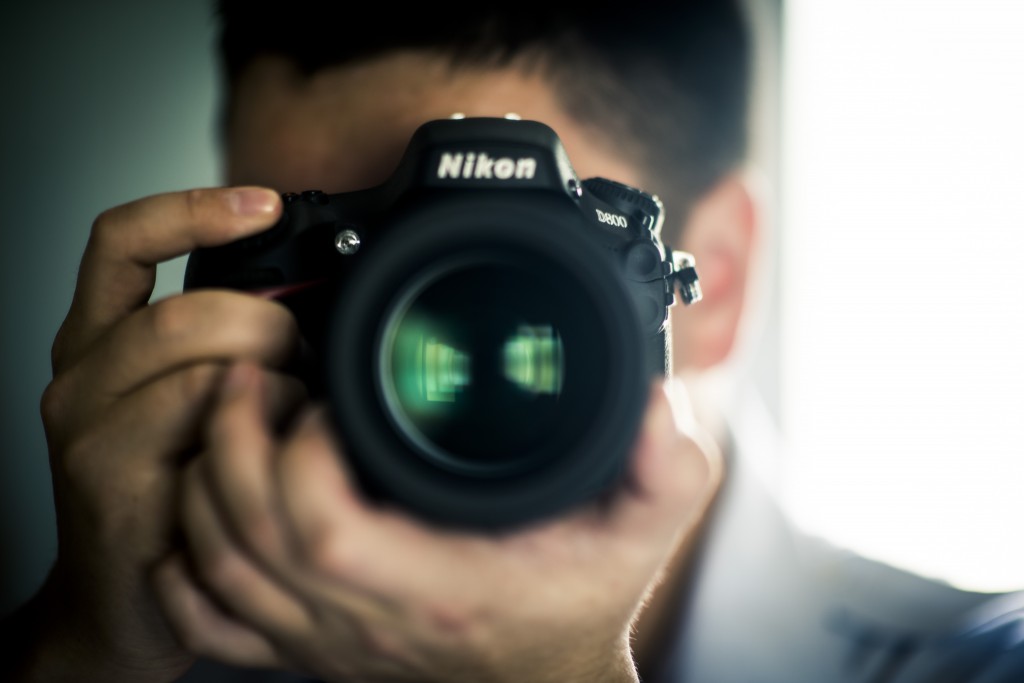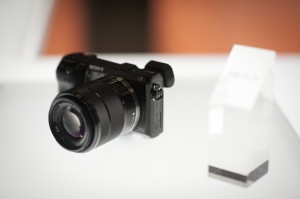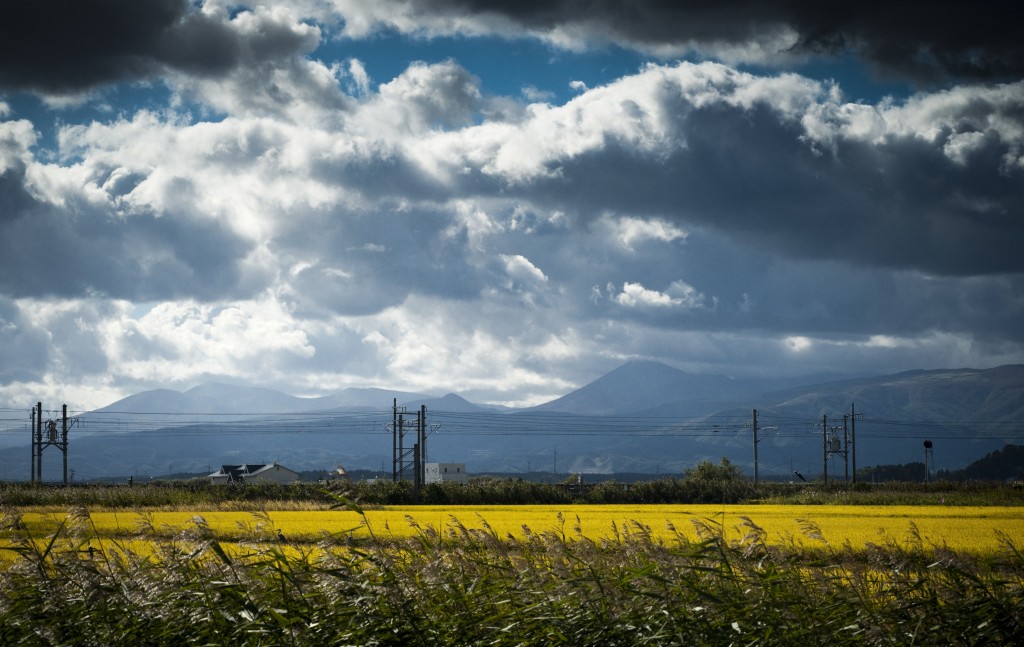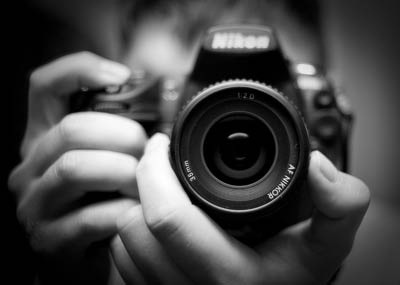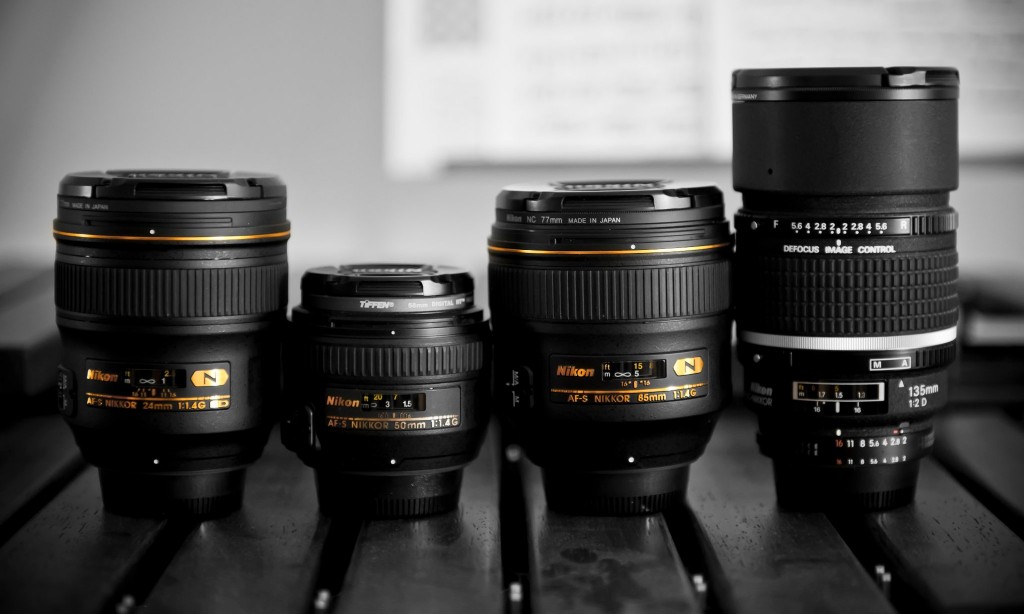
Josh Voyles and his RAW shirt.
image © 2012 Samuel Morse
Ever wonder what “14-bit RAW recording” or “24-bit audio” really mean? Hopefully this will help clear some things up.
Bit depth, or the number of bits used to define a pixel’s color or an audio sample’s amplitude, is an indicator of image or audio fidelity. A bit is one digit in binary code, a one or a zero. For instance, 16-bit audio has 16 ones or zeros to define amplitude. I say that this is an “indicator” of fidelity, because a high quality analog-to-digital converter (ADC) is required to accurately translate the analog world into ones and zeros.
Each additional bit doubles the possible number of combinations or values. Two bits has four possible values (00, 01, 10, 11), and three bits has eight. Coincidentally, this is how you can count to 32 on a single hand, using your fingers as binary digits rather than a cumulative total. Here are some more examples of what a number of bits equates to in terms of possible values. I’ve color-coded the values to make them easier to read.

